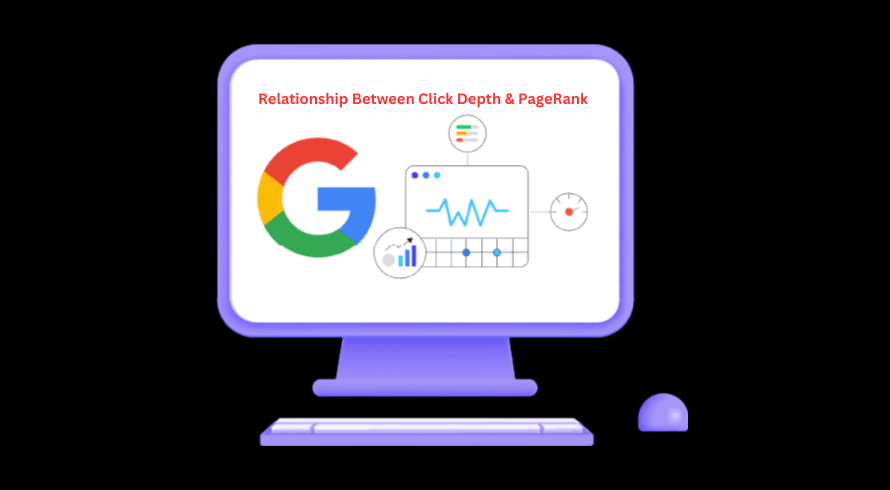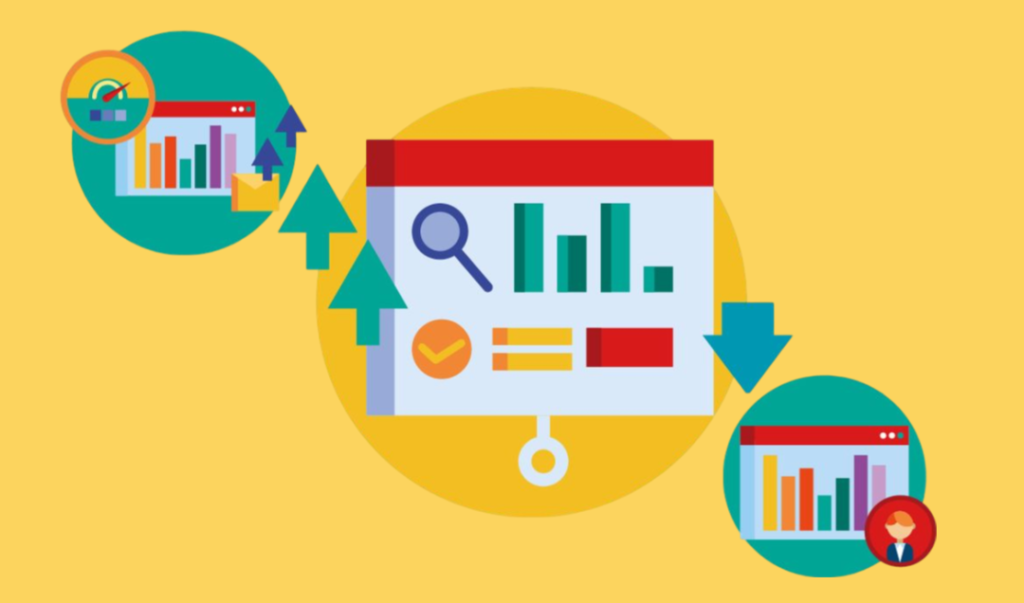In search engine optimization (SEO), many factors affect a website’s visibility and ranking on search engine result pages. One often overlooked aspect is the relationship between click depth and PageRank.
In this article, we will explore what click depth is, its impact on user experience and SEO, and how it relates to PageRank. Let’s delve into this relationship and explore its significance.
What is Click Depth?
Click depth refers to the number of clicks it takes for users to navigate from the homepage to a specific page on a website. It measures the level of accessibility and ease of navigation within a site. Websites with shallow click depth have important pages that are easily reachable within a few clicks, while sites with deep click depth require users to navigate through multiple pages to reach their desired destination.
Understanding click depth is essential for providing a positive user experience. Shallow click depth allows users to find information quickly and easily, increasing engagement and reducing bounce rates. On the other hand, deep click depth can frustrate users and potentially lead to abandonment.
What is PageRank?
PageRank is a proprietary algorithm developed by Google that measures the importance and relevance of web pages. It assigns a numerical value, known as PageRank score, to each webpage based on the number and quality of links pointing to it. The higher the PageRank score, the more authoritative and trustworthy the page is deemed to be.
PageRank plays a crucial role in determining a website’s ranking in search engine results. Websites with high PageRank scores are more likely to appear on the first page of search results, increasing their visibility and organic traffic.
Relationship Between Click Depth and PageRank

How Click Depth Impacts PageRank
Click depth indirectly affects PageRank by influencing the distribution of link equity within a website. Link equity refers to the value and authority passed from one page to another through hyperlinks. Pages that are closer to the homepage typically receive more link equity, as they are often linked directly from other sites or within the site itself.
As click depth increases, the link equity diminishes. Pages buried deep within a site are less likely to receive external links or internal linking attention, resulting in lower PageRank scores. It is crucial to consider click depth when designing website architecture and internal linking strategies to ensure that important pages receive adequate link equity.
The Influence of Click Depth on Crawling and Indexing
Search engine crawlers, such as Google, navigate websites by following links from one page to another. When a website has deep click depth, crawlers may struggle to reach certain pages due to the number of clicks required. Consequently, these pages may not be indexed or ranked as effectively as pages with shallow click depth.
By optimizing click depth, website owners can improve the crawlability and indexability of their pages, ensuring that valuable content is discovered and ranked appropriately by search engines.
Best Practices for Optimizing Click Depth and PageRank

Strategies for Improving Click Depth
Streamline Navigation: Simplify website navigation by organizing content into logical categories and ensuring important pages are easily accessible within a few clicks.
Utilize Breadcrumbs: Implement breadcrumb navigation to provide users with a clear path back to previous pages and improve overall site navigation.
Internal Linking: Strategically place internal links throughout the site to guide users and search engine crawlers to important pages. Ensure that anchor text is descriptive and relevant.
Tips for Enhancing PageRank
High-Quality Content: Create valuable and engaging content that naturally attracts backlinks from other websites, thereby increasing PageRank.
Build External Links: Actively promote your website and its content to gain backlinks from reputable sources. Focus on acquiring high-quality, relevant links that add value to your site.
Optimize On-Page Elements: Improve on-page elements such as meta tags, headings, and keyword usage to enhance the relevance and visibility of your pages.
Tools and Techniques for Monitoring Click Depth and PageRank

SEO Tools for Analyzing Click Depth
Google Analytics: Utilize the Behavior Flow report to understand the click depth distribution and identify pages with high exit rates.
Click Heatmaps: Tools like Crazy Egg or Hotjar can provide visual heatmaps that show where users are clicking and how far they navigate within a site.
Methods for Tracking and Measuring PageRank
Google Search Console: Monitor your website’s performance in search results, including impressions, clicks, and average position.
Third-Party SEO Tools: Tools like Moz, Ahrefs, and SEMrush offer comprehensive SEO data, including PageRank analysis and backlink monitoring.
Call to Action
- Encouragement for Readers to Implement Click Depth and PageRank Strategies: Implementing effective click depth and PageRank strategies can significantly impact a website’s visibility and user experience. Consider optimizing your website’s structure to enhance internal PageRank and improve search engine rankings.
- Resources for Further Learning and Implementation: Explore additional resources and tools to deepen your understanding of click depth, PageRank, and SEO strategies. Consider leveraging link building strategies and internal linking best practices to enhance your website’s performance.
- Invitation to Share Personal Experiences and Insights: Share your experiences and insights on optimizing click depth and PageRank. Engage with the SEO community to exchange ideas and best practices for improving website structure and search engine visibility.
In conclusion, understanding the relationship between click depth and PageRank is essential for optimizing website structure, enhancing user experience, and improving search engine rankings. By strategically organizing internal links and prioritizing user-centric design, webmasters can positively influence the flow of PageRank and elevate the visibility of key content.
FAQs:
Does click depth directly affect PageRank?
Click depth indirectly affects PageRank by influencing the distribution of link equity within a website. Pages with shallow click depth tend to receive more link equity, resulting in higher PageRank scores.
How can I improve click depth on my website?
Streamline your website navigation, utilize breadcrumb navigation, and strategically place internal links to guide users and improve crawlability.
What are some tools to monitor click depth and PageRank?
Google Analytics, click heatmaps, Google Search Console, and third-party SEO tools like Moz, Ahrefs, and SEMrush can provide valuable insights into click depth and PageRank metrics.
Is PageRank still relevant in SEO?
While Google no longer publicly updates the PageRank score, it still plays a significant role in search engine ranking algorithms. PageRank is a measure of a webpage’s authority and relevance, impacting its visibility in search results.
Can optimizing click depth improve search engine rankings?
Yes, optimizing click depth can enhance crawlability, indexability, and user experience, leading to improved search engine rankings and visibility for important pages.

